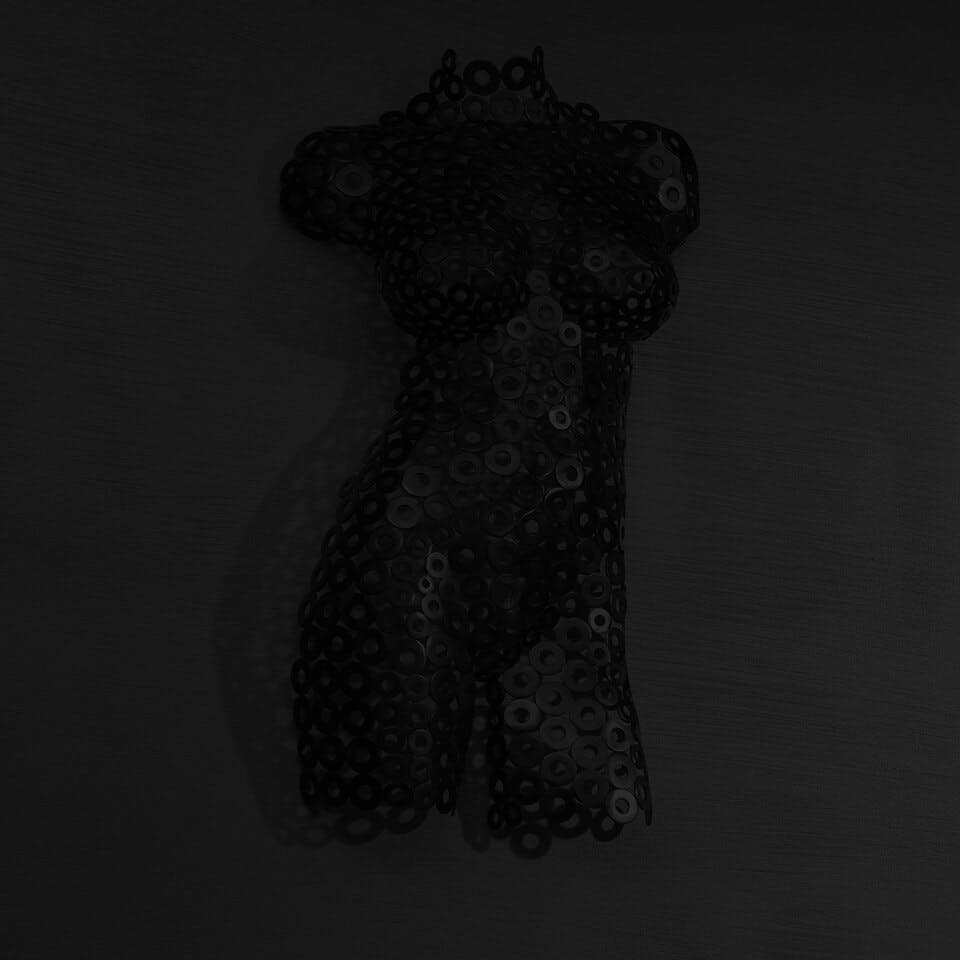Labiaplasty, or labia contouring, is a plastic surgery procedure that involves removing excess tissues, re-contouring the Labia Minora and Majora, and reducing the clitoral hood. Dr. Raffi is honored to provide this intimate and confidence-boosting procedure to women who want to change the appearance of their labia.
Am I a good candidate for labiaplasty?
Ideal candidates for labiaplasty include women who:
- Are unhappy with the appearance of their labia
- Have discomfort in the genital area when performing regular activities
- Avoid sexual intimacy due to being embarrassed about their labia
- Experience pain or irritation from the size or shape of their labia
- Are restricted in clothing choices because of the size or shape of the labia












